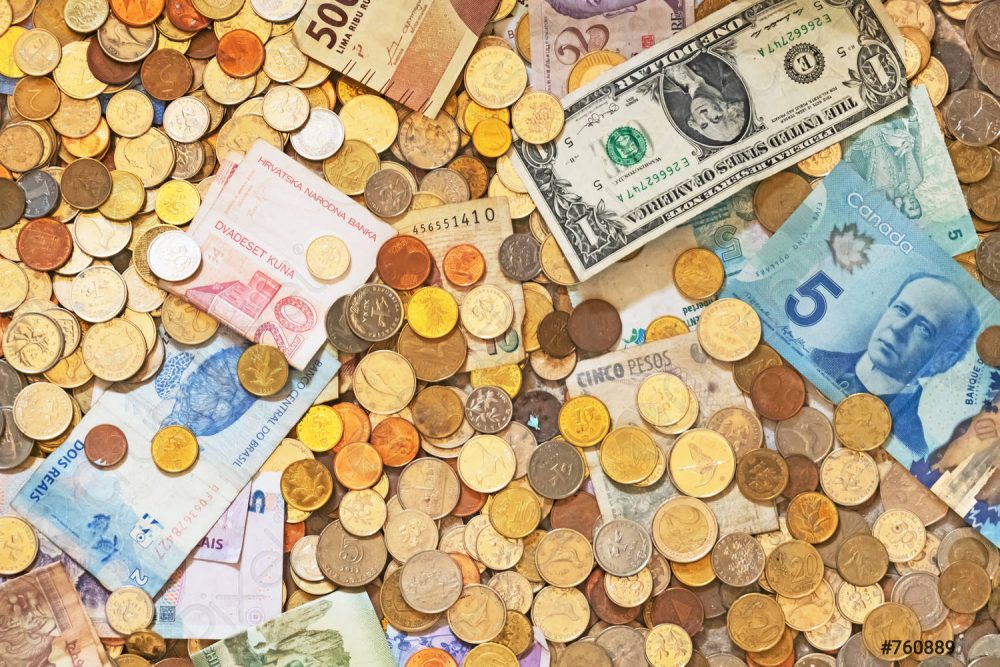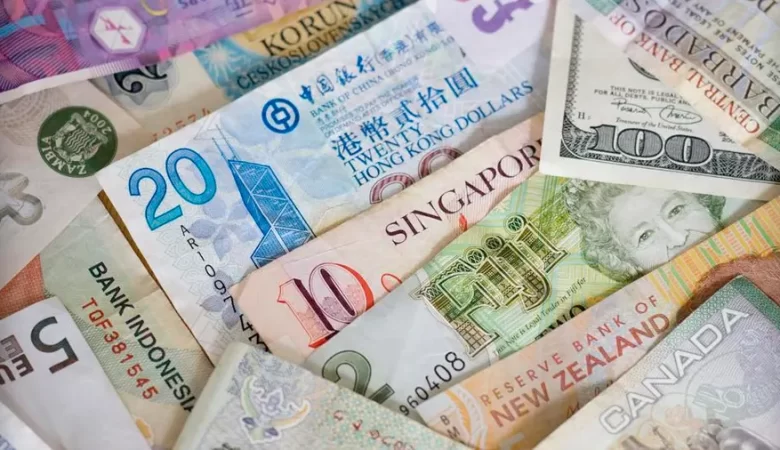So, at the end of the 17th century, the largest monetary unit was a silver kopeck. In the wallets of Soviet citizens after the monetary reform of 1961, the largest denomination was a hundred-ruble banknote, and the most solid coin was 1 ruble.
The rest gradually deteriorate and are withdrawn from circulation.
What is money made from?
Banknote paper is subjected to stringent tests such as bending. It must remain intact after more than 2,500 double folds. And ordinary printing paper tears after 20 folds. Yes, and each of us, probably, at least once arranged an involuntary test of his money by washing it along with his trousers. They endure.
In some countries, such as Vietnam, the Maldives, Singapore, plastic is used for banknotes. For countries with a hot and humid climate, polymer money is best suited – they do not absorb water, sweat and dirt, and therefore do not lose their shape and remain clean.
But plastic banknotes also have disadvantages: many security features cannot be used in them, for example, metal threads and watermarks. Paints rub off more easily from a plastic surface than from cotton paper. When bent, creases form on polymer banknotes and it is no longer possible to fully straighten them.
Therefore, for our country, the Bank of Russia has chosen a combined option: running hundred-ruble and two-hundred-ruble banknotes are made from cotton fibers, but they are coated with a special polymer varnish. It protects the money from dirt and bacteria and increases the service life.
Ordinary coins are made of steel and clad (coated for beauty and corrosion protection) with various alloys:
cupronickel (silver-white) – 1 and 5 kopecks;
copper (reddish) – 10 and 50 kopecks;
Commemorative coins made of non-precious materials look unusual, but they are accepted at face value, like ordinary money. As the name implies, this is a tool for preserving and increasing capital – in fact, investments in precious metals, “packaged” in small form. Precious coins can be bought from commercial banks.
For numismatists and lovers of souvenirs, mints produce ready-made sets of commemorative and investment coins. In the form of collection sets, you can also issue commemorative coins made of base metals dedicated to a specific topic: an important date, literature, science, sporting events.
Although banknotes, and even more so coins, are very durable, over time they still lose their “presentation”. Banknotes can be torn or dirty, coins can be oxidized or scratched.
The rules are simple:
If the damage is minor (dirt, abrasions, scratches, small tears or chips), you can safely pay with such money anywhere.
If the money has been badly damaged, but most of the banknote or coin has been preserved and its authenticity is obvious, take it to any commercial bank – they will exchange it for free there.
If you have in your hands only miserable fragments of money (less than half a bill) or a coin on which you can no longer make out the image, then, unfortunately, they are no longer considered money.
Both banknotes and coins can have an unusual design or a shabby look – and still be genuine.
You should be especially careful when you sell something by hand or get change in a small shop or market. Where there are no special devices for determining the authenticity of banknotes, feel free to examine the money yourself.
It is unprofitable for fraudsters to deal with small bills – the production of such money is more expensive than their face value. But five thousandth banknotes are most often counterfeited. Always check at least three signs of authenticity, for example:
Water marks
These are visible images. In addition to the denomination figures, on modern large denominations you can see portraits of historical characters. Moreover, these portraits are multi-tone, voluminous.
Security thread
All modern banknotes have a thin strip of polymer film with repeating denomination numbers. A special security thread with a kinetic effect is used for the five-thousand note: when tilted, the digits of the number 5,000 move as if they are dancing. This is a unique development of Goznak.
iridescent coats of arms
On the thousandth and five thousandth banknotes there is a special protection against counterfeiting. When the banknote is tilted, a sparkling stripe seems to roll over the coats of arms of the cities. This is also a Russian invention.
convex relief
The emblem of the Bank of Russia, the text “Bank of Russia Ticket” and strokes along the edges are easy to check by touch – they protrude slightly.





